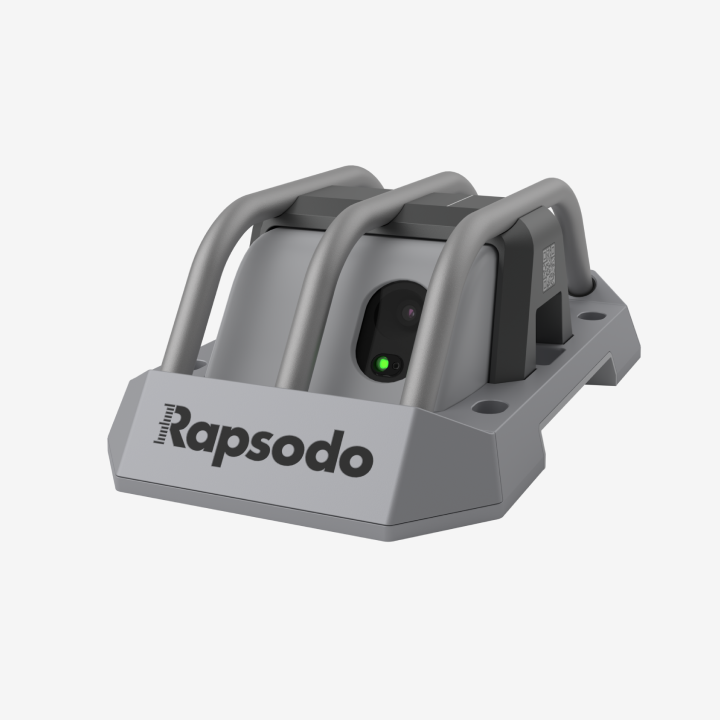As was mentioned in the Spin Profile installment of this series, all fastball types will spin somewhere between 10:00 and 12:00 for lefthanders and 12:00 and 2:00 for righthanders. This backspin profile directly effects how strongly a particular fastball resists or succumbs to natural forces during its flight. Fastballs should have the highest positive vertical break measurement out of an entire pitcher’s repertoire; horizontal break benchmarks vary based on specific pitch type.
Regardless of specific fastball type, there is one major benchmark that must be met in order for the pitch to be effective: stay out of the Flat Zone.
This zone describes any fastball that possesses equal amounts of vertical and horizontal break. As I’m sure you have already guessed, based on the title I’ve given this zone, fastballs with equal VB and HB look much flatter to hitters and thus are easier for them to get their bat on the plane of the pitch.
Earlier in this series, we established that four-seam fastballs should spin close to 12:00 and at a spin efficiency at or near 100%. Meeting these benchmarks will maximize the positive vertical break of the pitch while concurrently minimizing horizontal break. Coupled with at least a fringe average spin rate relative to velocity (24.0 Bauer Units), this will give the pitch the desired rise/ride effect, so long as the vertical break measurement is at or above 17 inches.
For pitchers who are unable to get their four-seam fastball to achieve vertical break at or near that level, a two-seam fastball/sinker is recommended. These pitches should have much lower vertical break (10-13”) and higher horizontal break (18”) than four-seam fastballs. Heavier pitches (i.e. low spin rate and/or spin efficiency) will have vertical break measurements even lower than those benchmarks. Lively, running pitches (i.e. high spin efficiency) will hover slightly above 13” while maintaining at least 18” of horizontal break.
Since cutters have the greatest amount of gyroscopic spin out of the fastball tree, their movement profile should hover close to the center of the break chart, with vertical break registering around 8-10” and horizontal break being roughly 2-4” to the pitcher’s glove side. Due to their off-center gyro degree release, cutters are good options for pitchers who possess high raw spin but have difficulty getting behind the ball and inducing much vertical break.












